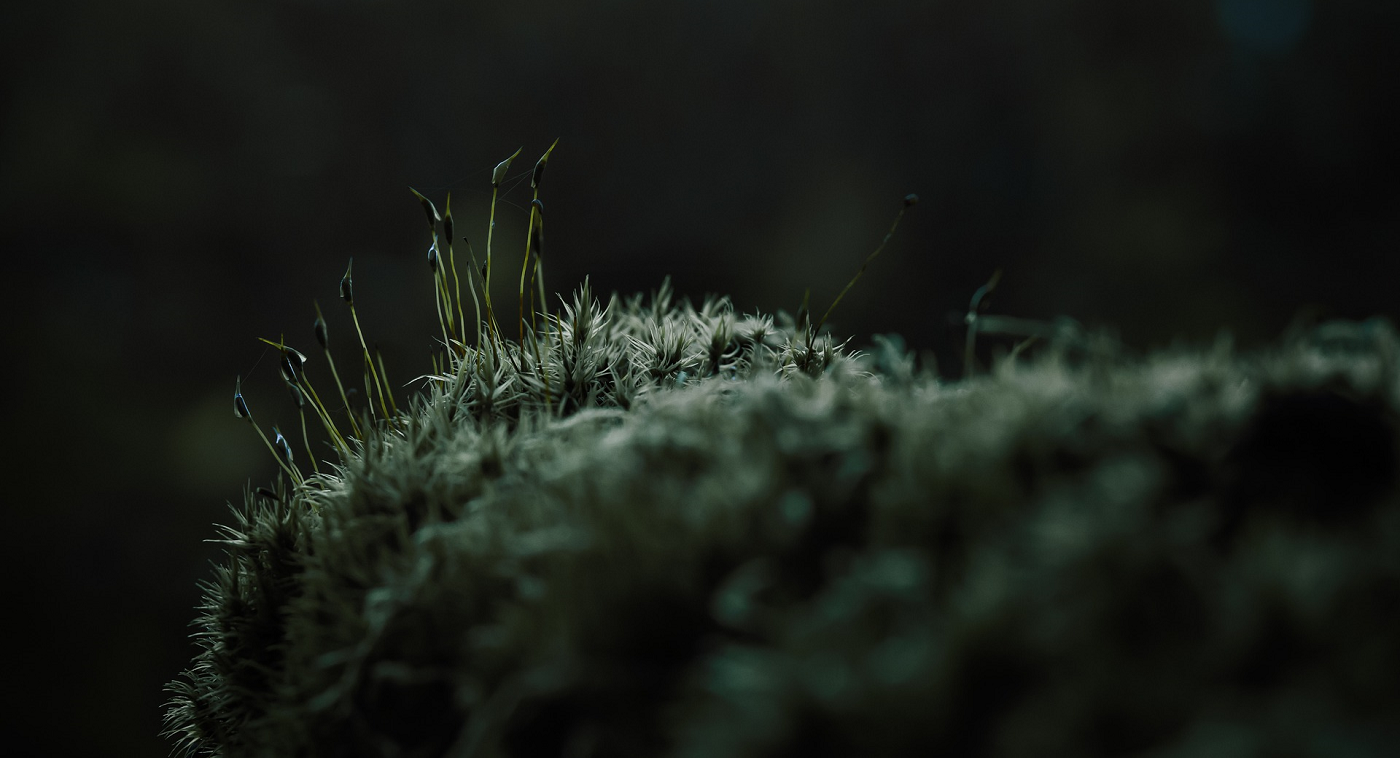Miznar
Before the exile of Unno-Ǐara, both miznaraǐi and mizkatǐi were no different from other wisemen and -women advising in clans of Eltiri descent. Like the rest, they sought balance between man and nature so both could prosper without the other withering away.
After the exile the Nolǐur people found themselves in the frozen wastes of Udzar, and their wisemen had to adapt to a new world where old rules were not enough. With the aid of Unno-Ǐara they found ways to dominate over land and force the growth of its flora in an unnatural display of greenery in the otherwise white and grey landscape.
To the outside world both the nomadic sages and the sedentary coven witches were called either miznar or mizkat, but within the Nolǐur those titles belonged to those who pledged loyalty to Unno-Ǐara and took their place within a coven, thus turning away from a life of nomadic hunting, gathering and raiding. And though both men and women were accepted by the Hag Queen, majority of those belonging in covens and all who led them were women.
In the harsh wastes of Udzar anyone capable of pushing away the winds of winter or forcing food to grow where it would otherwise wither held both the fear and respect of the people. So did the covens become centers of power both magical and political, and would receive tributes from the nomadic clans, mostly in the form of food, fur or thralls stolen from the southern clans. In exchange the witches would bestow advice, strength or health—among many other things—to the clans, much like they had done in days past as advisors.
Domains
The witches of Udzar did not stay in one place for no reason whatsoever. To them was bestowed the power to create and rule over domains: small and strictly defined areas within which they might as well have been gods.
The creation of such domains was a tightly held secret and had become all but forgotten by the end of the First Age, when only Unno-ǐara herself was left with the knowledge in question. What was known, however, was that the cost of creating even a single, small domain was enough to end entire bloodlines.
The reason for the cost was simple. In normal northern tradition when it pertained to anything of magical nature, a wiseman or -woman would call upon the forces of the world to obey their wish. However, nature cannot be ordered to enslave itself, and thus the miznaraǐi had to come up with another way to obtain power for the required ritual. Thus began the ritualistic sacrifice of humans to fuel the witches' desires.
Once established, the domain was under the absolute control of its ruler—usually the leader of a miznar coven. If the ruler wished for the land to grow and the flora to bear fruit throughout the year, it would do so. If they commanded the wildlife to hunt or track down a rival or an enemy, it would. Rain and winds would magically avoid the domain of a witch if disinvited or blocked, and even the icy claws of winter could not pass through unchallenged.
A domain could be transferred—voluntarily or otherwise—to anyone after creation, even to someone wholly lacking all magical talent and knowledge. It could also be destroyed, though considering the immense cost and difficulty in establishing one it was rarely a decision made by the domain's ruler and was more likely caused by natural deterioration of the spell.


Comments